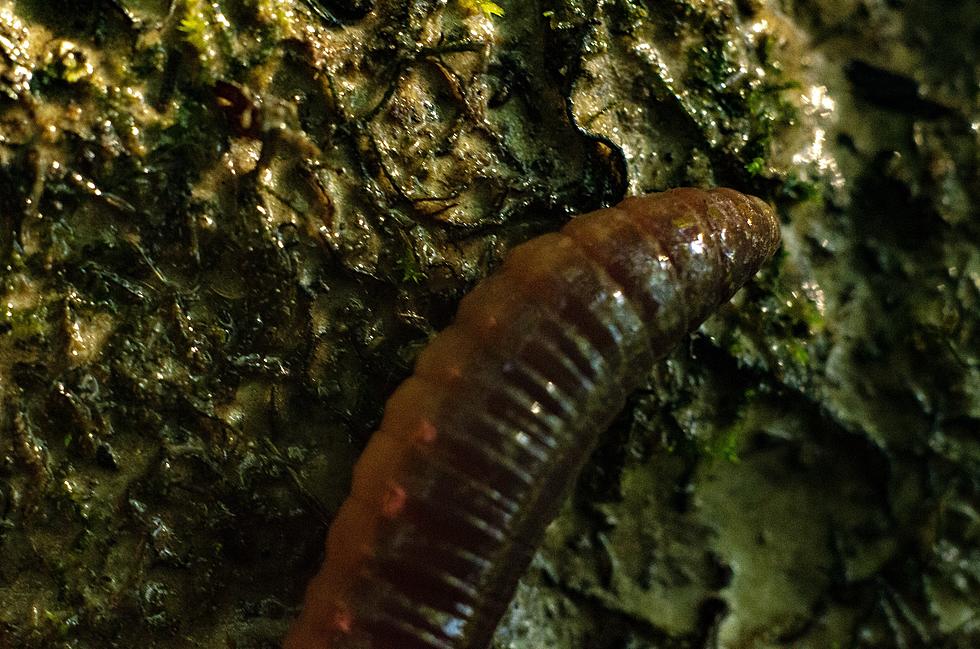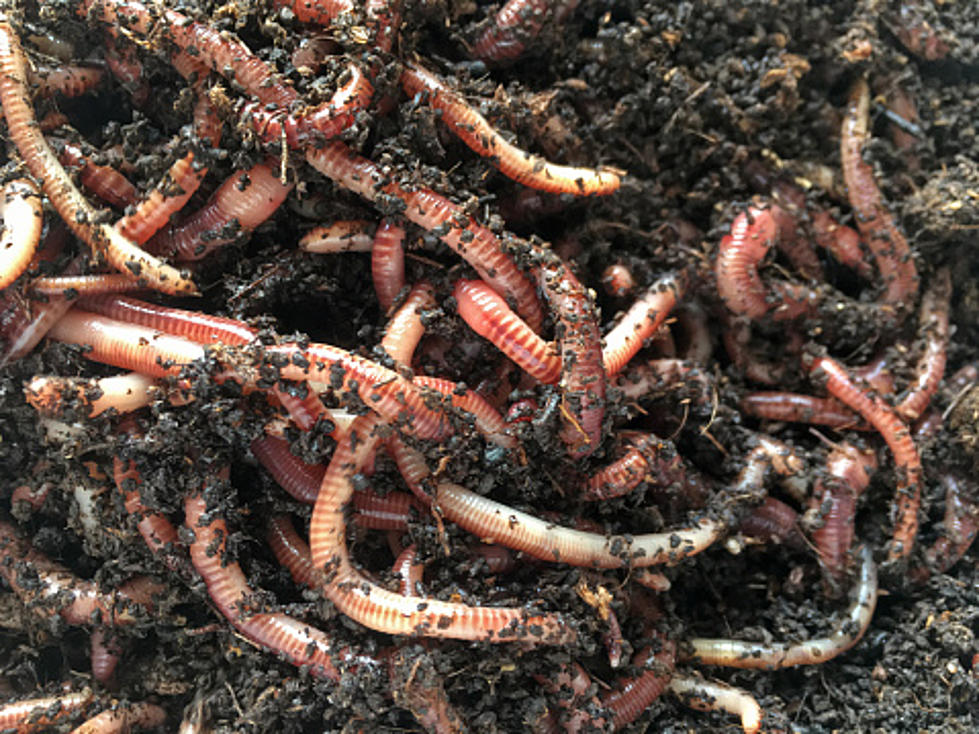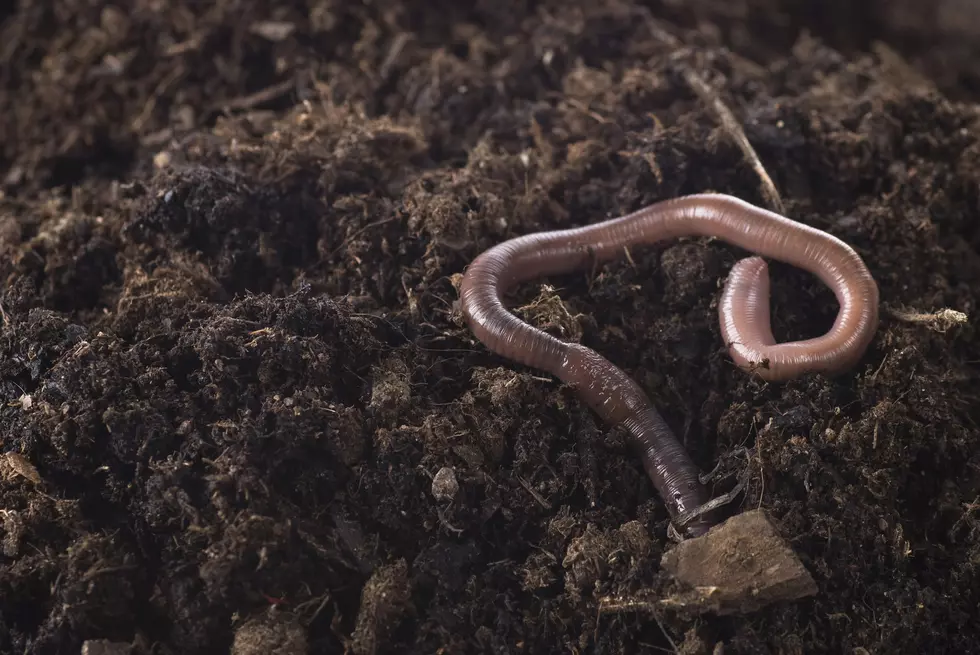
Extremely Destructive Jumping Worms are Back in Illinois This Summer
You might think the headline above is made up. You're wrong. They'll destroy your soil very quickly and they really do thrash and jump.
What You Need to Know About Jumping Worms
These jumping worms (also known as Alabama Jumpers or snake worms) are not the creation of a filmmaker. Until recently, these strange creatures hadn't been seen much, at least there weren't too many confirmed sightings. That has all changed since they were first discovered in Illinois in 2015.
These critters and their huge appetites cause all kinds of damage to our soil and plant life.
The jumping worms' feeding frenzies change the soil structure which changes the soil's water holding capacity and then cuts off nutrients available to plants.
Weaker plants are more susceptible to pests, drought, and disease.
The image below from WREX shows some of this worm's distinctive markings

The University of Illinois extension office shared some information about these jumping worms that they believe made their way to Winnebago, Stephenson, and Dekalb counties through fishing bait. They have a dark, metallic body and they're a little darker on top than on the bottom. A white band completely encircles the worm's body, unlike other earthworms with a pink, raised band.
Where to Find Jumping Worms in Your Yard and What To Do When You Find Them
You'll typically find a jumping worm under a pile of leaves in the top couple of inches of soil. If the soil looks like coffee grounds, the U of I Extension Office says that's a sign that jumping worms are present. They also suggest a 'mustard pour' to see if they are present.
Mix a gallon of water with 1/3 cup of ground yellow mustard seed. Pour the mixture slowly onto the soil. This will drive the worms to the surface and does not harm plants.
When handled, these worms will jump and thrash wildly. To make them even more creepy, they move quickly in a snakelike manner and can shed their tails when threatened.
You can do some things to help stop the spread of these jumping worms:
- Thoroughly clean tools, shoes, and vehicles when moving from one site to another
- Only purchase compost, mulch, or other organic matter that has been heated to appropriate temperatures and duration to reduce the spread of pathogens, insects, and weeds. Jumping worm egg casings do not survive temperatures over 104°F
- Follow Plant Sharing Best Practices
- Do Not buy jumping worms for bait, vermicomposting, or gardens
WATCH OUT: These are the deadliest animals in the world
More From 97 ZOK









